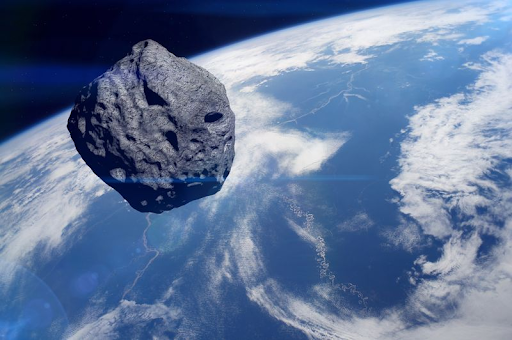On Sunday, September 29th, an Asteroid named 2024 PT5 entered the Earth’s gravitational pull and became the new mini-moon in the Earth’s orbit. Unlike the Earth’s moon, 2024 PT5 will not be visible to the naked eye measuring only around 10 meters in length.
The asteroid was discovered by NASA on August 7th by astronomers at the Complutense University of Madrid using a powerful telescope located in Sutherland, South Africa. According to PennToday, the mini-moon will remain in the planet’s orbit for approximately 2 months until November 25th, completing a partial orbit; afterward, it’ll get flung back into outer space.
“Astronomy has always been very fascinating to me, and hearing about this new technological advancement and the detection of a new mini-moon was cool to watch and hear about on television!” Said Ramapo gym teacher and girl’s volleyball coach, Coach Van Hook.
The last known mini-moon was detected in 2020. In an interview with ABC11, an astronomer at Massachusetts Institute of Technology, Richard Binzel, stated that debris and rock masses frequently enter the Earth’s orbit but most remain undetectable because of their small size. Only recently technology has developed to spot them more routinely. Asteroids capable of turning into mini-moons have become more detectable through the use of advanced telescopes and other technologies.
A Ramapo junior said, “I am always super intrigued by astronomy because everything to do with outer space is super cool. I’m definitely excited to track this mini-moon asteroid!”
2024 PT5 originated from the Arjuna asteroid belt, a grouping of small asteroids only discovered recently within the last 30 years. Previously, Earth has seen a couple of these additional moons. Asteroid 2022 YG entered the Earth’s orbit in 2022, a repeated visitor, 2022 NX1, became a mini-moon in 1981 and 2022. Although it entered Earth’s orbit twice, astronomers estimate that Earth’s orbit won’t see it again until the year 2055.






